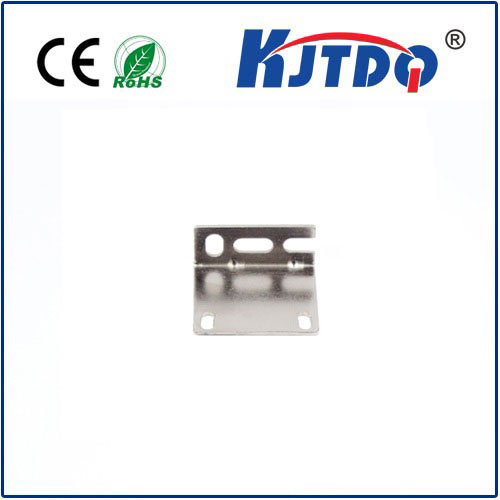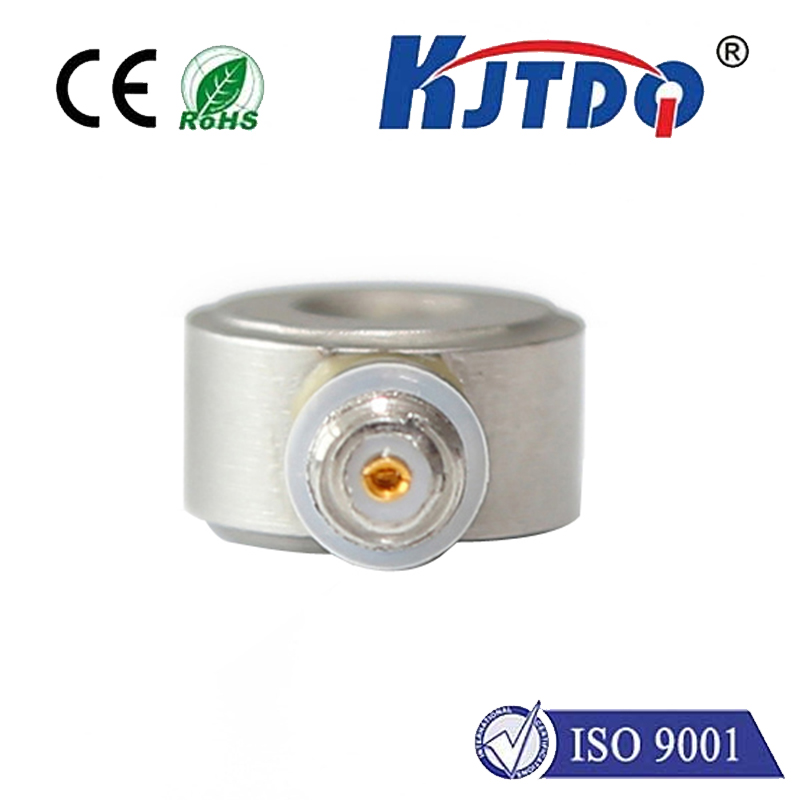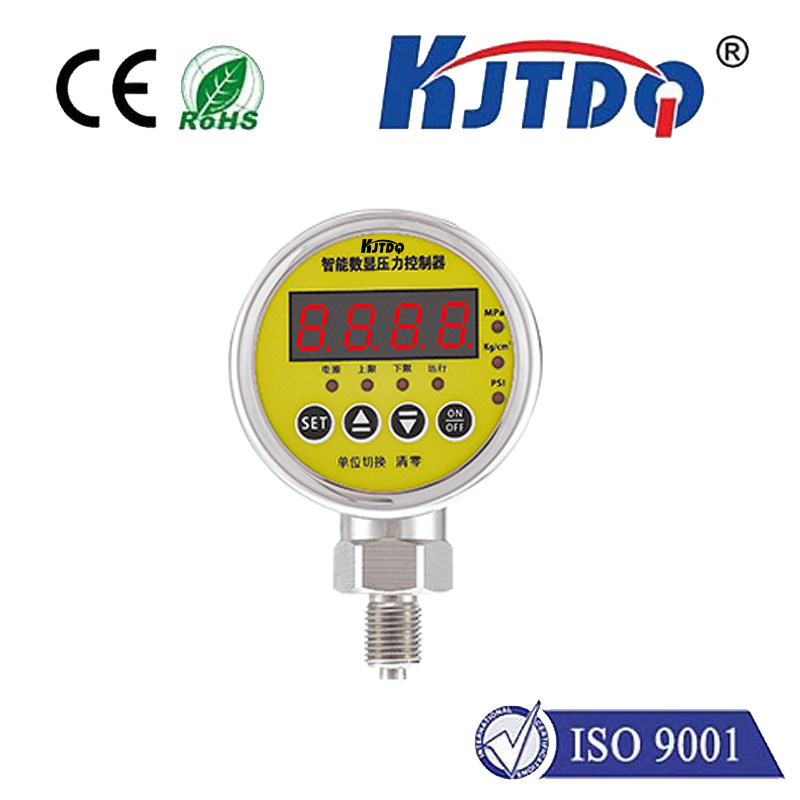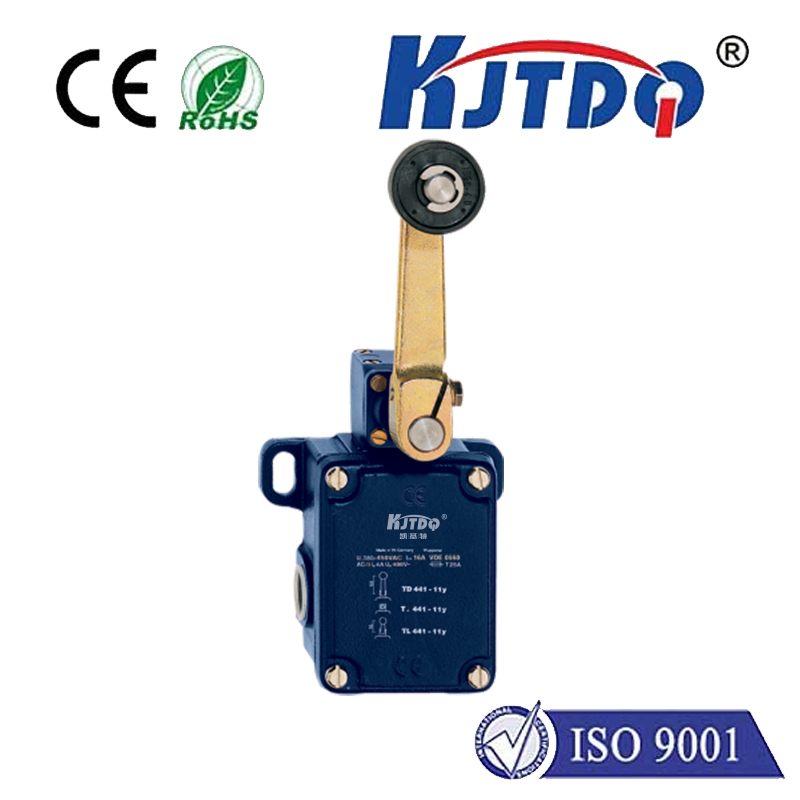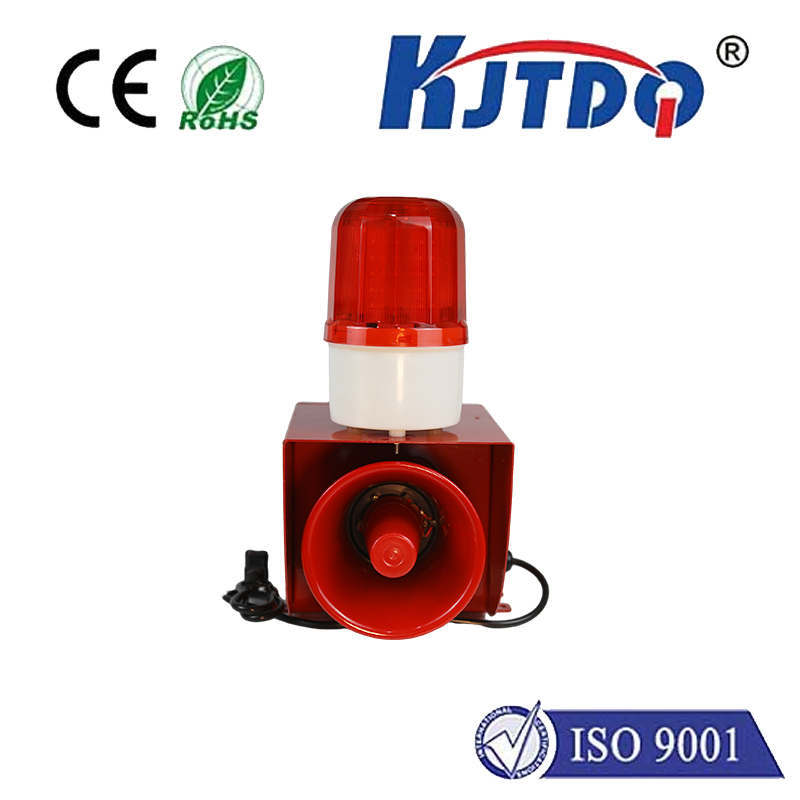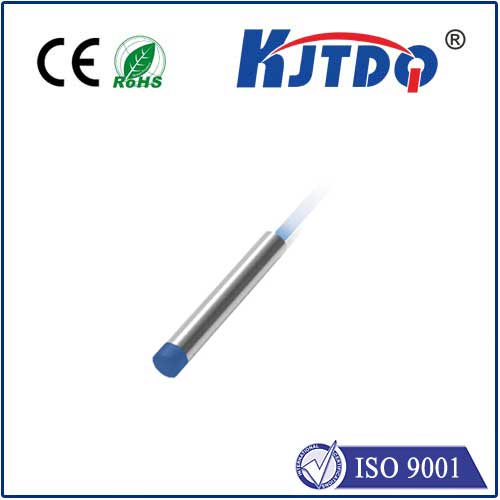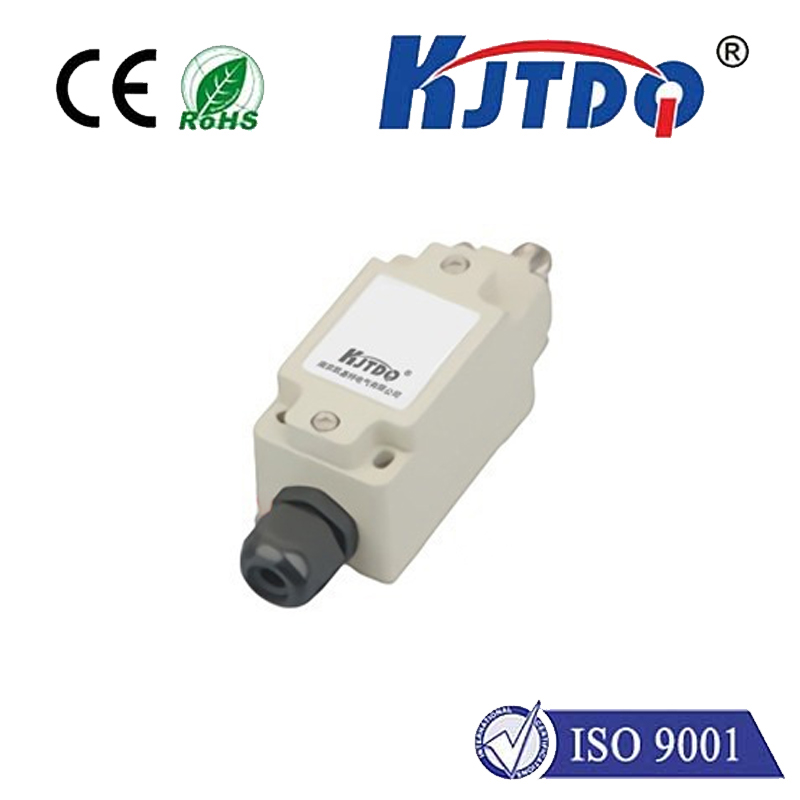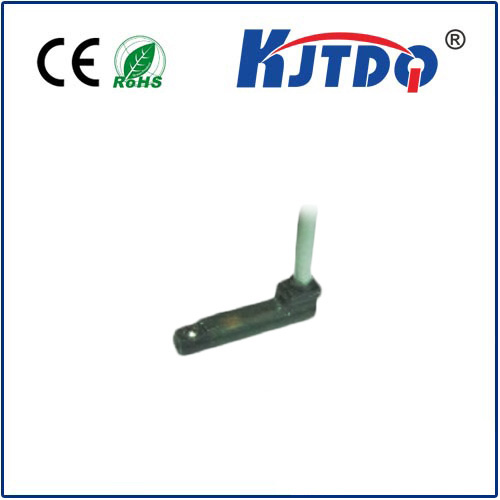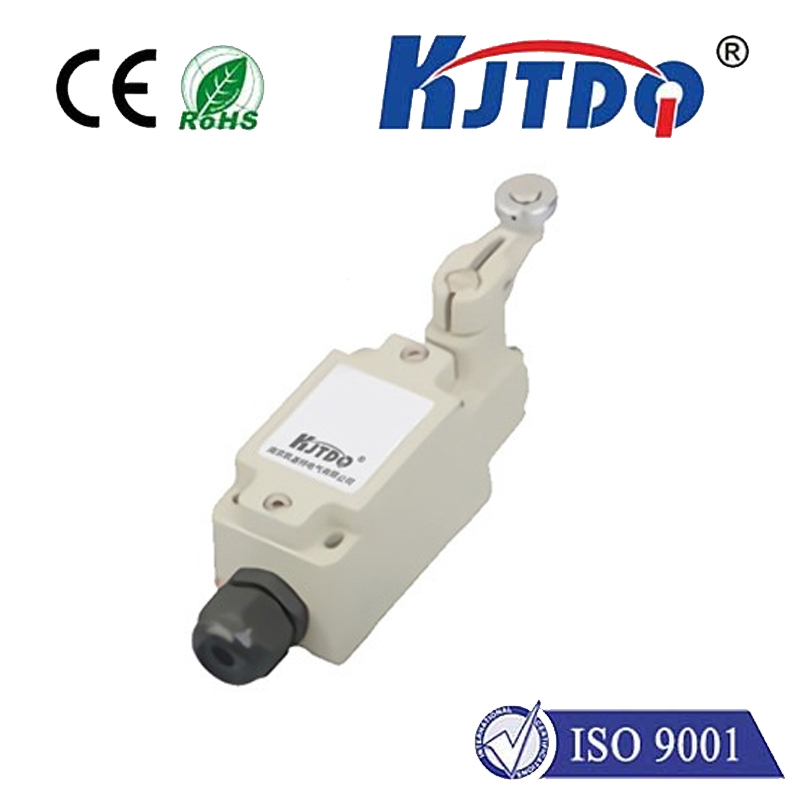
check

check

check

check
Title: Understanding Limit Switch DC Motor Control in Industrial Automation
Introduction
In industrial automation, limit switches play a crucial role in ensuring the safe and efficient operation of DC motors. These devices are designed to detect the position of the motor shaft and provide an indication to the control system when the motor has reached a specific position or limit. In this article, we will explore the concept of limit switches and their role in controlling DC motors in industrial settings.
Understanding Limit Switches
A limit switch is a type of sensor that is used to detect the motion of a mechanical component, such as a gear, lever, or shaft. It consists of two parts: a contact that is brought into contact with the moving component when it reaches its limit and a mechanism that transmits the signal from the contact to an external device, such as a control circuit or microcontroller. When the moving component reaches its limit, the contact is no longer in contact, and a signal is generated that can be used to trigger an action in the control system.
Types of Limit Switches
There are several types of limit switches available for use in industrial automation, each with its own unique features and applications. Some of the most common types include:
1. Retractable Limit Switches: These limit switches have a spring-loaded mechanism that retracts the contact when the motor shaft reaches its limit. They are often used for positive stop and travel controls in DC motors.
2. Non-Retractable Limit Switches: These limit switches do not retract the contact when the motor shaft reaches its limit. Instead, they remain in contact with the moving component until an external device removes them or depresses a reset button. Non-retractable limit switches are commonly used for negative stop and travel controls in DC motors.
3. Sensorless Limit Switches: These limit switches do not have any mechanical components that need to be replaced or maintained. They use electronic circuits to detect the motion of the motor shaft and provide an indication to the control system when the motor has reached its limit. Sensorless limit switches are becoming increasingly popular due to their low maintenance requirements and high accuracy.
Applications of Limit Switches in DC Motor Control
Limit switches are essential components in DC motor control systems because they allow for precise positioning and stopping of the motor shaft. By detecting the position of the motor shaft and comparing it to predefined limits, the control system can determine when to trigger an action, such as turning on or off a load or stopping the motor completely. This helps ensure safe and efficient operation of DC motors in industrial settings.
Conclusion
In conclusion, limit switches are critical components in industrial automation that enable precise control of DC motors. By detecting the motion of the motor shaft and providing an indication to the control system when the motor has reached its limit, limit switches help ensure safe and efficient operation of DC motors in various industries. With advances in technology, including sensorless limit switches, these devices are becoming even more accurate and reliable, making them an essential part of modern industrial automation systems.
